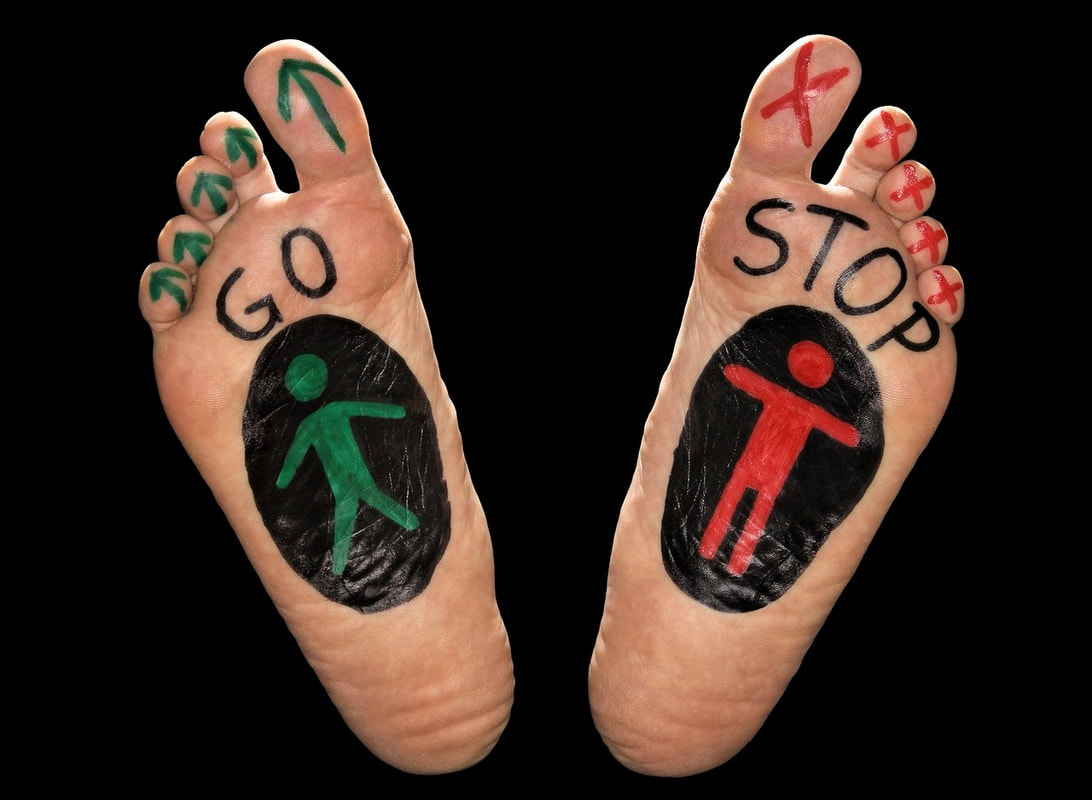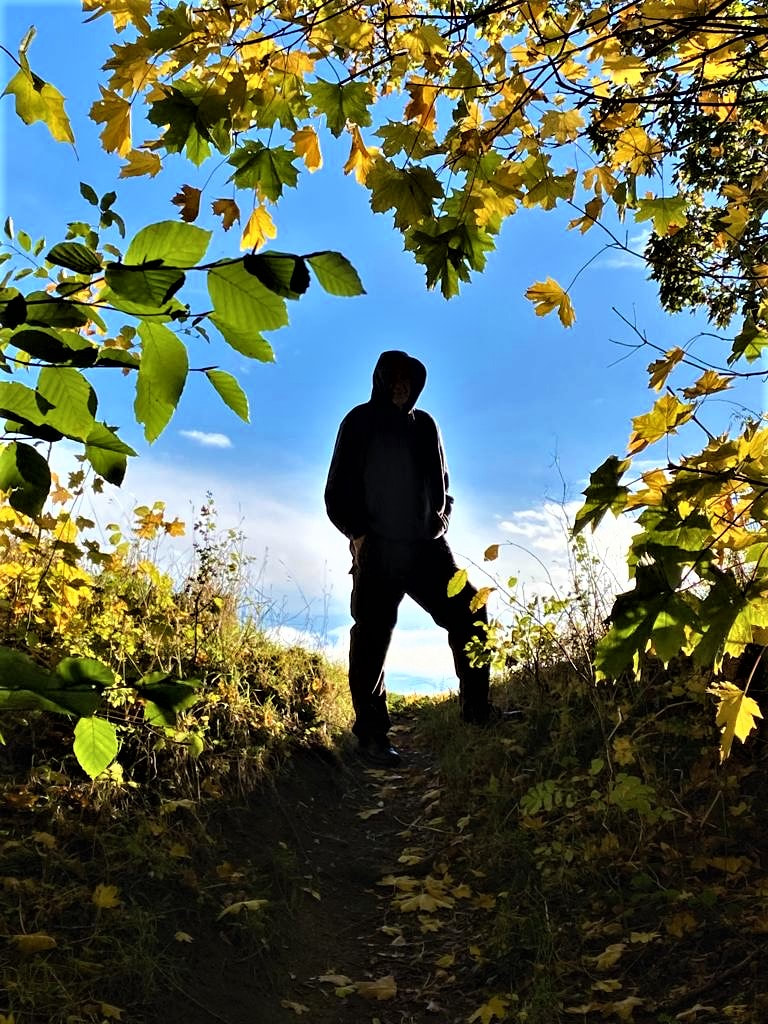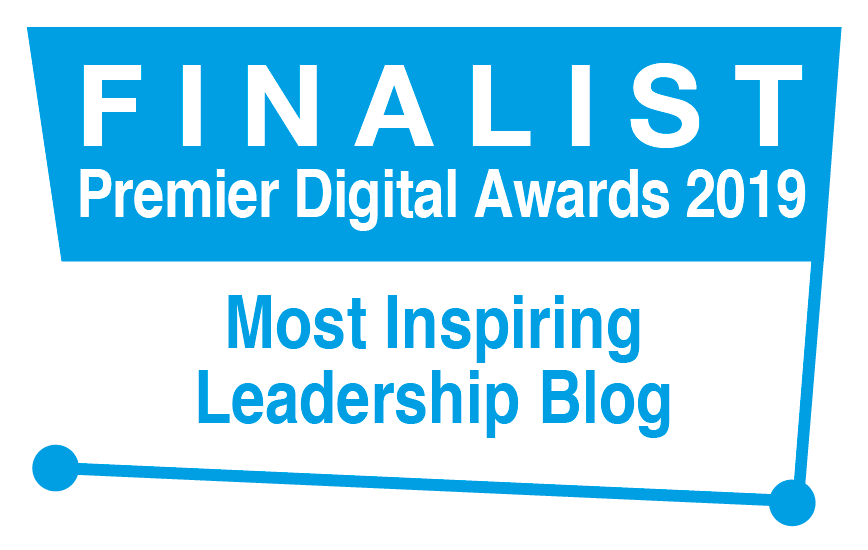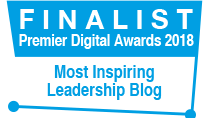|
‘If you’re not confused, you’re not paying attention.’ (Tom Peters) Leaders who develop strategy collaboratively with diverse key stakeholders often find that inviting others in proves critical to its success. It recognises that no leader, no matter how knowledgeable or experienced, can know everything and it values the contribution that others can bring. That said, leaders can also feel overwhelmed if levels of participation are high and inputs are complex. These tips (below) are, therefore, designed to help leaders sift through and make sense of the reams of hopes, ideas, information, impressions, data etc. that they may surface and receive through strategy research and through inviting input from various people and groups. They are not intended as a prescriptive one-size-fits-all set of rules. Have a glance and see which, if any, work best for you. 1. Don’t panic In the midst of some great information and ideas, you are also likely to receive input that will look unclear, confusing or contradictory. There may be handwriting you can’t read, comments in shorthand that made sense to the person who wrote them but don’t make sense to you etc. You may receive so much input from diverse people and sources that it could feel bewildering. If so...don’t panic! 2. Research questions Go back to your research questions. Use them as a guide to sift through the input you have received. How far does the overall input contribute to answering the questions you set out to address? Has any of it raised wider or deeper questions that need to be acknowledged? Is any of the input interesting but distracting? Avoid the temptation to race down fascinating rabbit holes that take you off track. 3. Test a hypothesis Some leaders suggest formulating a hypothesis – a provisional answer to the questions you set out to answer – before sifting through responses. This provides a focus, a testing stone, and enables you to check each response: ‘Does this support or contradict the hypothesis?’ If it doesn’t relate to the hypothesis, shelve it for now so that you don’t get distracted. You can always circle back to it later. 4. Cluster responses Some leaders prefer to start with a blank sheet, skim through responses and note intuitively what core themes or ideas emerge. You can then place responses under those themes, adding or modifying themes as the sifting process progresses. Don’t worry about identifying the themes perfectly too early. You can always hone them and see what answers they point towards later. 5. Test your biases It can be tricky for leaders to look at responses afresh, especially if we have a strong interest in the work we do currently or strong views about how we should move forward. During the research phase, I refer to these challenges as ‘blind spots’ (assumptions) and ‘hot spots’ (sensitive areas). Invite others to test your assumptions and to point out if you appear to avoid challenges or new ideas. 6. Trust the process We may have invited and received input from a diverse range of people and groups. Whilst no strategy research will ever be 100% exhaustive and conclusive, the insights that we draw through a collaborative strategy venture will in most cases be good enough – that is, good and enough as a signpost to the future. Pray, be confident in what you know and excited by what you discover!
12 Comments
‘Hindsight no longer leads to foresight after a shift in context.’ (David Snowden & Mary Boone) ‘What does this new situation call for?’ is a vastly different question to, ‘What did I do last time that worked?’ I learned this the hard way. In my younger days, I led a youth and community work project in the North of England that was, by most accounts, a great success. I subsequently moved to the South of England where, instinctively, I replicated that same approach. This latter initiative was, sadly, an unmitigated failure – yet a very important way to discover that context is critical. Increasing dynamic complexity in the world means that, in many situations we now face, the past is no longer a reliable predictor of the future or sound basis for action. In contrast to earlier views that change happens sequentially and linearly with one state of play building on another, Michael Lewis argues that, ‘change may be the result of complex emerging connections that are often random.’ Significant influences can, and often do, emerge unexpectedly at any time and from left field. There are parallels at an individual level. Karen Franklin comments that for the common maxim ‘the best predictor of future behaviour is past behaviour’ to be true, ‘the anticipated situation must be essentially the same as the past situation’. Yet, when is it? Is any context really that fixed? Eleanor O’Leary reflects astutely: ‘Everything that we have learned, everything that we have experienced is carried in the present moment.’ The past is known and feels familiar. We can get stuck there. Whether dealing at macro-strategic-systemic levels or with the people, relationships and situations in front of us, learning to critique our presuppositions-from-experience has never been more crucial. A simple aide-memoire? Post an image of traffic lights on your cell phone, laptop or desk: red light - pause; amber light - reflect; green light - act. Alongside amber, ask: ‘What am I assuming?’ (This can be a difficult question to answer, owing to deep personal-cultural blind spots or defensive routines)*. Yet, to discover a way to see the past, present and future through fresh eyes is absolutely key. What techniques have you found that help you and others do this well? (*Interested to develop your own critical reflexivity and critical reflective practice? Get in touch!) ‘People look for HD photos whereas what’s really possible is dots on a page.’
I met with an insightful strategy consultant last week who used this ingenious metaphor. We live in an era where leaders face increasing complexity, ambiguity and uncertainty. This can evoke anxiety, risk-aversion and paralysis in decision-making. Against this backdrop, it’s tempting to attempt to increase our certainty by gathering and analysing exhaustive (sometimes exhausting!) reams of data, information and evidence. It’s as if we may want and need to see a high definition photo where every detail is present and crystal clear before feeling confident enough to take a step forward. I do get it. There are good reasons for basing decisions on research and evidence, especially in high-risk environments where to do otherwise could be reckless at best and dangerous at worst. Or if we miss great opportunities because we hadn’t looked well enough before leaping…or failing to leap. But what if such situations are the exception rather than the norm? What if ‘sufficient’ evidence is unavailable, or if it would take more time or other resources to gain it than we can afford, or if conditions are so complex and fluid that today’s truth fades quickly into tomorrow’s jaded history? Picture this alternative. A blank sheet on which we place dots. We can place them wherever we want. The dots represent what we do know, what we have a gut feel for, what we could reasonably find out – if needed. We can add, remove or move dots as things progress. We can experiment with reconfiguring the dots into different, creative, shapes and patterns. We can play with colouring the space between the dots, around the dots, to see what picture, what possibilities, what passions emerge. I love this idea of the dots. Of joining the dots. Of steps in faith. Of creating future. What’s your theory of change? What issues are you trying to address? What creates and sustains those issues? What kind of interventions and when are most likely to prove successful? What would success look and feel like, and for whom? What is your overall goal? These are some of the questions we looked at on a Theory of Change workshop I took part in yesterday. Theories of change are becoming increasingly commonplace in the third sector, paralleling e.g. strategy maps in other sectors. There are a number of reasons for this. Charities and NGOs are under increasing scrutiny from supporters and funders to demonstrate how their resources are being used to achieve optimal impact. This has created a whole industry in impact evaluation.
The third sector is maturing too. No longer driven into action by empathy or altruistic instinct alone, organisations in this sector have more experience, more evidence of what works and what doesn’t and more analysis and understanding of why. The issues have turned out to be more complex than some had originally imagined, making significant and sustained progress challenging. Against this backdrop, a theory of change can prove valuable. It aims to clarify goals and outcomes and to work back to activities and other factors that will enable the outcomes to be achieved. In articulating these things clearly and succinctly (often in simple graphic flowchart form), underlying assumptions and causal links can be surfaced, explained and tested. At heart, a theory of change answers questions such as ‘What are we trying to achieve?’, ‘What is necessary for the goal to be achieved?’ and ‘What’s the rationale behind our intervention strategy?’ In doing so, it makes the organisation’s focus, operations and use of resources transparent, accountable and more open to challenge and improvement as new research and evidence emerges. I find myself particularly drawn to the critical-reflective aspects. For instance, one NGO I worked with conducted a fundamental strategy review starting with these same principles, asking questions such as, ‘Why are people poor?, ‘What causes and sustains poverty?’, ‘What interventions make the greatest difference?’, ‘What is our optimal contribution?’ One of the interesting challenges for a third sector organisation is whose voice is represented in framing and answering such questions, e.g. donors, beneficiaries, trustees, staff, volunteers. A charitable organisation I work with currently conducted a strategy review recently, inviting feedback from beneficiaries using surveys, focus groups etc. to find out what they struggle with and aspire to and what role they would want to see the organisation playing in helping them address or achieve these issues. The needs and aspirations that surfaced have been summarised as ‘I’ rather than ‘we’ or ‘they’ statements in clear and colloquial language, keeping the focus on what each individual as beneficiary wants to experience as a result of the organisation’s actions. This is a sharp contrast with some experiences I’ve had in the past. In one instance, a third sector organisation I worked with set up a drop-in project providing advice and support for long-term unemployed people. The Local Authority provided funding using ‘number of people using the service’ as its key success criterion. Paradoxically, the more successful the service was in enabling local people to find employment, thereby reducing the number of people who needed to access the service, the more the service was deemed statistically by the Local Authority to be failing. A theory of change can help surface such outcomes and assumptions at an early stage, enabling more constructive dialogue and agreement between agencies and stakeholders. I believe the potential for theory of change extends beyond third sector organisations aiming to articulate their vision, strategy, plans and reasons behind them. I’ve used similar methodologies to explore and articulate an organisation development strategy within a third sector organisation. We started by exploring a number of questions with diverse stakeholders and groups such as, ‘What kind of organisation are we trying to develop?’, ‘Where are we now?’, ‘Why are things as they are?’, ‘What drives or sustains how things are?’, ‘What matters most to people here?’, ‘Who or what influences change?’, ‘What would it take to achieve the changes?’ This enabled us to create a map showing goals, activities, assumptions and causal relationships. The same principles can be applied at team and individual levels too, e.g. for leadership, coaching, mentoring, training and counselling purposes. It enables dialogue between different parties and keeps rationale and assumptions explicit. If assumptions are clear to all parties, they can be challenged and revised in light of different preferences, perspectives, realities and evidence. I’ve used adaptations of this approach with people and organisations where Christian beliefs have been held as important and integral, developing the model as a theology of change. A theology of change may surface and articulate e.g. God’s purpose, values, presence and activity in the world, the role of the Spirit and Christians, discerning a sense of ‘calling’. In my experience, the language and methods of applying theory or change need to be adapted for different purposes and audiences. It represents a logical-rational paradigm that is likely to work well for some people and cultures but not so well for others. Using Honey & Mumford’s learning styles as one possible frame of reference, theory of change (as the name implies) may appeal most to people, teams or cultures with a theorist orientation. Reflectors may be attracted most by its emphasis on surfacing underlying assumptions, activists by the evidential dimensions and pragmatists by its focus on outcomes. Perhaps the key lies in using the principles it embodies flexibly and sensitively in the context of real human dialogue and relationship. |
Nick WrightI'm a psychological coach, trainer and OD consultant. Curious to discover how can I help you? Get in touch! Like what you read? Simply enter your email address below to receive regular blog updates!
|





 RSS Feed
RSS Feed